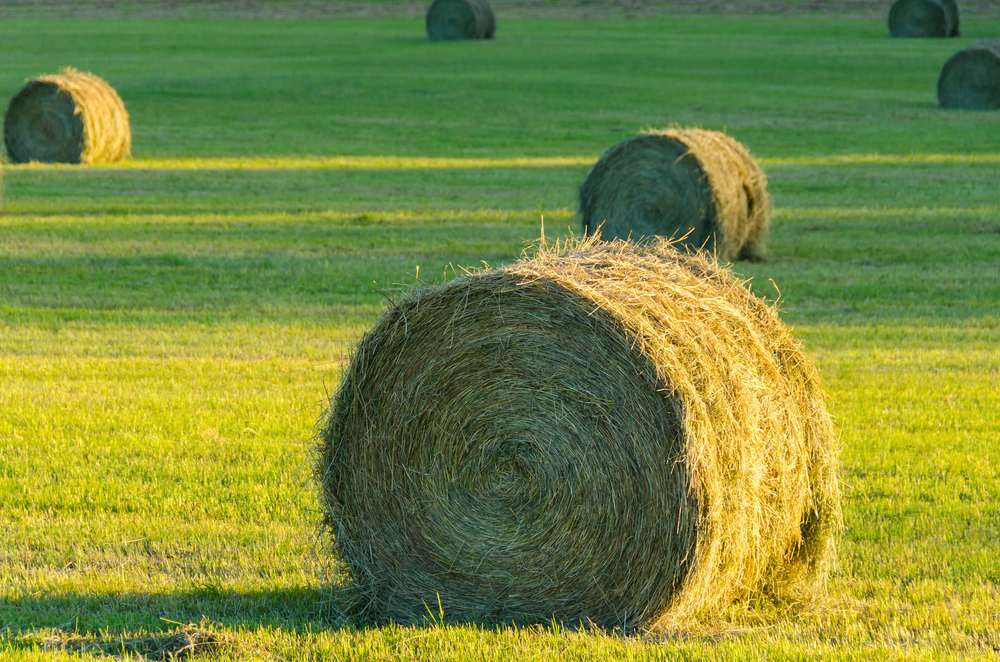Farming

Listed are some frequently asked questions related to Pastora for weed control in bermudagrass hayfields.
What hay species can I use it on?
Bermudagrass hay only. It is not for use on bahiagrass, tall fescue, dallisgrass, or Johnsongrass as it will actually injure or kill these other forage grasses.
What is the recommended timing?
For winter annual grass control, Pastora should be applied in the winter when bermudagrass is dormant and annual grasses, such as Italian ryegrass and little barley, are small (~2 inches). For summer weedy grass control, applications should be made within 7-10 days following hay cutting before new bermudagrass regrowth is present. This window is often shorter than ten days if growing conditions are optimal.
Additionally, to be effective, there should be a new flush of actively growing seedling weedy grasses or 2-4 inches of new growth from weedy perennial grasses. If conditions are dry in that 7-10 day window after cutting and there is little weed germination and growth, it is recommended to delay Pastora treatment until after the next cutting (assuming moisture conditions improve). Poor control has been observed when conditions are dry.
What is the recommended rate?
For winter annual grasses, 1 oz/A. For summer annual grasses, 1 to 1.5 oz/A. For vaseygrass and bahiagrass, apply 1.0-1.5 oz/A.
What about sequential applications?
Sequential applications can be made, usually at 1 oz/A per application with a maximum of 2.5 oz/A total per year. This has been a useful approach for vaseygrass control. Split applications are also useful for control of Italian ryegrass control in the later winter when it is extremely dense or greater than 2 inches in height.
Do I need to add a surfactant to make Pastora work better?
Yes. Add a nonionic surfactant at 0.25% v/v for most applications (1 quart per 100 gallons of spray mix). Check the label for surfactant recommendations when applying with liquid fertilizer.
Can Pastora be mixed and applied with fertilizer?
Yes, but it depends on several factors and you need to read the label for specific instructions regarding the best way to do this.
Can I use Pastora on newly planted bermudagrass?
No. It is only labeled for established bermudagrass (gone through at least one cutting).
I once tried Plateau or Panoramic (imazapic) on my bermudagass hay and it really injured it. Will Pastora do the same?
When applied to dormant bermudagrass, you should not see any significant injury. When you apply Pastora within 7-10 days after hay cutting, expect to see 15-20% visual injury two weeks out. However, by four weeks after treatment, the regrowth should be comparable to untreated bermudagrass and there should be minimal to no yield loss. If you apply Pastora to actively growing bermudagrass with more than 2 inches of regrowth, you increase the chances of injuring the stand and reducing the yield of the subsequent hay cutting.
What makes Pastora an attractive option?
Pastora can provide good Johnsongrass, bahiagrass, and vaseygrass control and controls several annual grasses and broadleaf species.
What will frustrate producers with Pastora treatment?
Three main things:
- A lack of control on some key species. Pastora is weak or inconsistent on crabgrass species, dallisgrass, and sedges.
- At one month after treatment, there may be large bare patches in the treated bermudagrass stand. These are not from injury but are from weed control where the bermudagrass was already crowded out due to weed competition. The bermudagrass will fill in these bare patches but it may take some time depending on fertility and rainfall.
- Since Pastora has little soil activity, extremely wet summers may shorten the weed control due to additional germination flushes of weeds.
Are there any grazing/haying restrictions I need to remind producers of?
There are no grazing/haying restrictions for Pastora for any class of livestock.
What weeds are controlled?
At 1 oz/A, Pastora will control barnyardgrass, Johnsongrass, annual foxtails, Texas and fall panicums, Italian ryegrass, little barley, wooly cupgrass and several broadleaf weeds. In addition, Pastora can provide suppression of goosegrass, and field sandbur. At 1.5 oz/A, Pastora provides good control of bahiagrass and vaseygrass.
Does Pastora have soil activity that provides extended weed control?
Pastora generally has limited soil residual activity. Although, higher soil pH, lower temperature, and low moisture often cause herbicide to breakdown slower. As a precaution, refer to the label for recommended crop rotation intervals.

